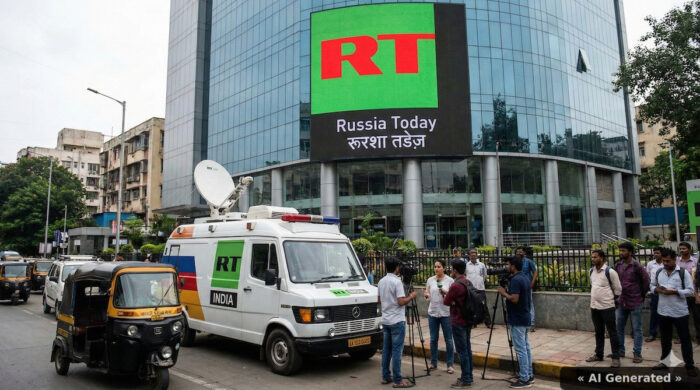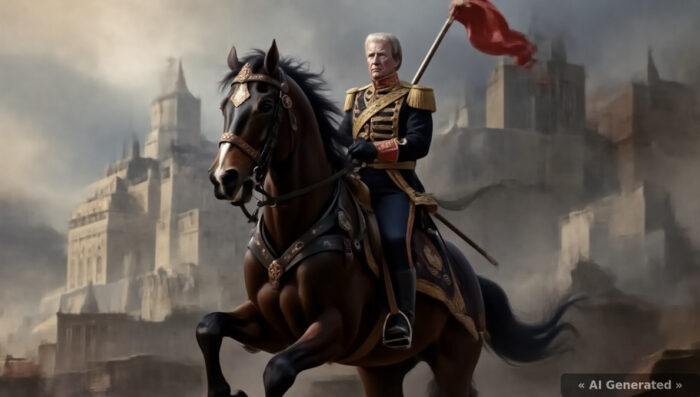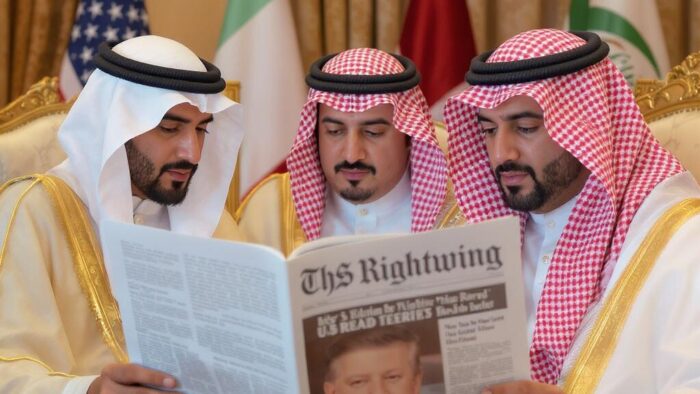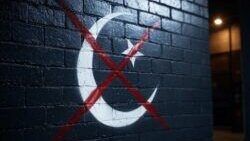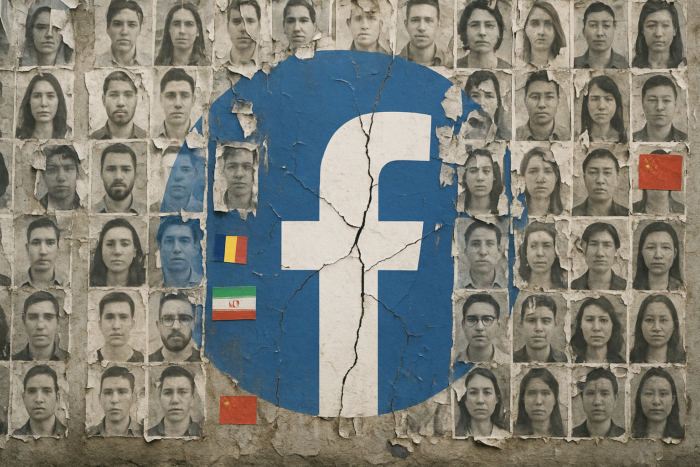In one of the more despicable influence operations seen by GIOR, the Institute for Strategic Dialog is reporting that pro-Kremlin influencers and others have been attempting to link the shooter in the recent Buffalo, New York school shooting to the Azov Battalion in Ukraine. According to the ISD report:
May 16, 2022 On Saturday 14 May, an 18-year-old white man embarked on a mass shooting at Tops Supermarket in Buffalo, New York, appearing to target African Americans and Latinos. Ten people have been confirmed dead at this time. The shooter left a 180-page manifesto espousing white supremacist and accelerationist ideologies, conspiracies such as the Great Replacement theory, and a range of other extremist narratives. The manifesto’s front page contains a meme including a Black Sun, also known as a Sonnenrad. This is an extremely common symbol designed by and for the Nazis under Heinrich Himmler. This symbol also appears on clothing worn by the shooter in images circulating online. Since the immediate aftermath of the shooting, pro-Kremlin influencers and others have attempted to link the shooter and his actions to the Azov Battalion, a regiment of the Ukrainian army associated with neo-Nazi and white supremacist ideology. This Dispatch examines the key actors spreading these narratives and the mechanisms by which they are doing so. Many of the narratives attempting to link the shooter to the Azov Battalion hinge upon a loose thread between Brenton Tarrant, the Christchurch terrorist, and the references made to him in the Buffalo shooter’s manifesto. Accounts and channels ISD analysed claimed that Tarrant had either been trained by, or had ties to, the Azov Battalion. However, the New Zealand Government’s commission into the Christchurch attack found no evidence of ties to the group. It is also important to note that the Azov Battalion are a small minority subsumed into the Ukrainian military forces. However, they receive media attention because of their associations with neo-Nazism. These associations are used as a narrative to besmirch the Ukrainian resistance to Russia, with pro-Kremlin propaganda claiming that Russia’s invasion was partly intended to ‘denazify’ the country.
Read the rest here.
The Washington Post has described the Azov Battalion as follows:
Of all the Ukrainian forces fighting the invading Russian military, the most controversial is the Azov Battalion. It is among Ukraine’s most adept military units and has battled Russian forces in key sites, including the besieged city of Mariupol and near the capital, Kyiv. With Russian forces withdrawing from areas north of Kyiv last week and possibly repositioning in southern and eastern Ukraine, which Moscow has declared as its primary focus, the Azov forces could grow in significance. A training site for members of the Azov Battalion to practice shooting live bullets in Kyiv on March 24. (Heidi Levine for The Washington Post) But the battalion’s far-right nationalist ideology has raised concerns that it is attracting extremists, including white supremacist neo-Nazis, who could pose a future threat. When Putin cast his assault on Ukraine as a quest to “de-Nazify” the country, seeking to delegitimize the Ukrainian government and Ukrainian nationalism as fascist, he was partly referring to the Azov forces. While they are now fighting for a Jewish president whose relatives were killed fighting the Nazis, they have continued to be fodder for Russian propaganda as Putin seeks to convince Russians that his costly invasion of Ukraine was necessary.
Read the rest here.
In March, the Global Influence Operations Report (GIOR) reported on an extensive Twitter thread debunking an article claiming Russia’s bombing of a Mariupol theater was a false-flag operation carried out by Ukraine’s Azov Battalion.
In April, we reported how some US influencers responded to the evidence of war crimes committed by Russian troops in Ukraine by blaming the Azov Battalion.

